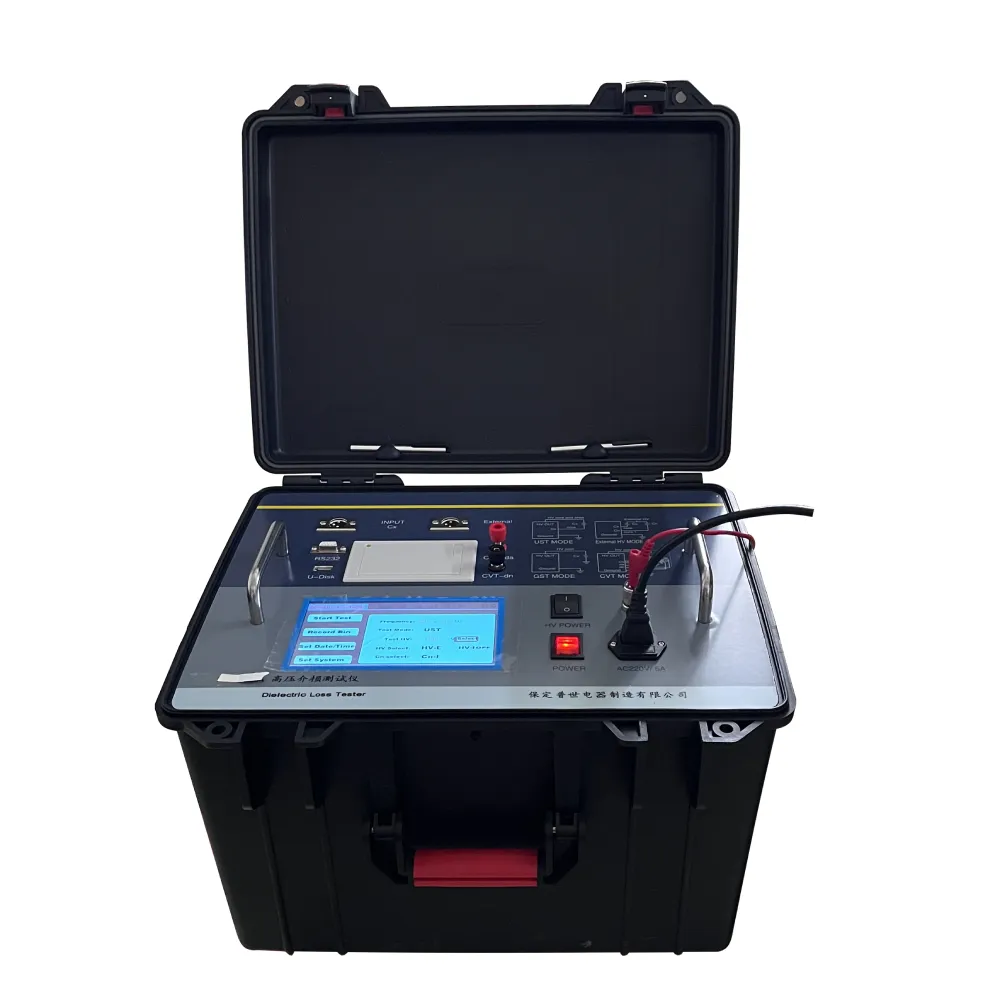 English
English



-
 Afrikaans
Afrikaans -
 Albanian
Albanian -
 Amharic
Amharic -
 Arabic
Arabic -
 Armenian
Armenian -
 Azerbaijani
Azerbaijani -
 Basque
Basque -
 Belarusian
Belarusian -
 Bengali
Bengali -
 Bosnian
Bosnian -
 Bulgarian
Bulgarian -
 Catalan
Catalan -
 Cebuano
Cebuano -
 China
China -
 China (Taiwan)
China (Taiwan) -
 Corsican
Corsican -
 Croatian
Croatian -
 Czech
Czech -
 Danish
Danish -
 Dutch
Dutch -
 English
English -
 Esperanto
Esperanto -
 Estonian
Estonian -
 Finnish
Finnish -
 French
French -
 Frisian
Frisian -
 Galician
Galician -
 Georgian
Georgian -
 German
German -
 Greek
Greek -
 Gujarati
Gujarati -
 Haitian Creole
Haitian Creole -
 hausa
hausa -
 hawaiian
hawaiian -
 Hebrew
Hebrew -
 Hindi
Hindi -
 Miao
Miao -
 Hungarian
Hungarian -
 Icelandic
Icelandic -
 igbo
igbo -
 Indonesian
Indonesian -
 irish
irish -
 Italian
Italian -
 Japanese
Japanese -
 Javanese
Javanese -
 Kannada
Kannada -
 kazakh
kazakh -
 Khmer
Khmer -
 Rwandese
Rwandese -
 Korean
Korean -
 Kurdish
Kurdish -
 Kyrgyz
Kyrgyz -
 Lao
Lao -
 Latin
Latin -
 Latvian
Latvian -
 Lithuanian
Lithuanian -
 Luxembourgish
Luxembourgish -
 Macedonian
Macedonian -
 Malgashi
Malgashi -
 Malay
Malay -
 Malayalam
Malayalam -
 Maltese
Maltese -
 Maori
Maori -
 Marathi
Marathi -
 Mongolian
Mongolian -
 Myanmar
Myanmar -
 Nepali
Nepali -
 Norwegian
Norwegian -
 Norwegian
Norwegian -
 Occitan
Occitan -
 Pashto
Pashto -
 Persian
Persian -
 Polish
Polish -
 Portuguese
Portuguese -
 Punjabi
Punjabi -
 Romanian
Romanian -
 Russian
Russian -
 Samoan
Samoan -
 Scottish Gaelic
Scottish Gaelic -
 Serbian
Serbian -
 Sesotho
Sesotho -
 Shona
Shona -
 Sindhi
Sindhi -
 Sinhala
Sinhala -
 Slovak
Slovak -
 Slovenian
Slovenian -
 Somali
Somali -
 Spanish
Spanish -
 Sundanese
Sundanese -
 Swahili
Swahili -
 Swedish
Swedish -
 Tagalog
Tagalog -
 Tajik
Tajik -
 Tamil
Tamil -
 Tatar
Tatar -
 Telugu
Telugu -
 Thai
Thai -
 Turkish
Turkish -
 Turkmen
Turkmen -
 Ukrainian
Ukrainian -
 Urdu
Urdu -
 Uighur
Uighur -
 Uzbek
Uzbek -
 Vietnamese
Vietnamese -
 Welsh
Welsh -
 Bantu
Bantu -
 Yiddish
Yiddish -
 Yoruba
Yoruba -
 Zulu
Zulu
gas chromatography flame ionization detection
Gas Chromatography with Flame Ionization Detection An Overview
Gas chromatography (GC) is a widely used analytical technique that enables the separation and quantification of volatile compounds in various matrices. Among the various detectors available in GC, the flame ionization detector (FID) is one of the most popular due to its sensitivity, robustness, and reliability. This article provides an overview of the principles of gas chromatography and highlights the role of flame ionization detection in analytical chemistry.
At its core, gas chromatography involves the separation of compounds based on their volatility and interaction with a stationary phase within a column. The sample, which is usually in a vaporized form, is injected into the column where it is carried by an inert gas, commonly helium or nitrogen, serving as the mobile phase. As the sample passes through the column, components of different affinities for the stationary phase will elute at different times, known as retention times. This differential interaction allows for the effective separation of the components of a complex mixture.
After separation, the volatile compounds must be detected and quantified. The flame ionization detector is one of the most effective tools for this purpose. FID operates on a simple yet powerful principle. When the separated components exit the column, they are directed into a small flame, typically fueled by hydrogen and air. As the compounds enter the flame, they are ionized, creating charged particles. The resulting ions produce an electrical current that is proportional to the number of ions formed, which correlates to the concentration of the compounds in the sample.
gas chromatography flame ionization detection

One of the key advantages of FID is its high sensitivity to organic compounds, particularly hydrocarbons. It can detect concentrations as low as parts per billion (ppb), making it invaluable in fields such as environmental monitoring, petrochemical analysis, and food safety testing. Additionally, FID is non-selective, meaning it can respond to any compound that can be ionized in the flame, which provides comprehensive information about the sample's composition.
Moreover, FID is well-suited for analyzing complex mixtures because it provides consistent and reproducible results. It can handle varying sample matrices and is less affected by changes in temperature and pressure compared to other detection methods. This stability enhances its application in regulatory and quality control environments where precision is crucial.
Despite its numerous advantages, FID does have some limitations. For instance, it is not capable of detecting certain compounds, such as inorganic gases or compounds that do not ionize effectively in the flame. Additionally, the requirement for a hydrogen and air supply may pose safety concerns in some laboratory settings.
In conclusion, gas chromatography with flame ionization detection remains a cornerstone technique in analytical chemistry. Its ability to effectively separate and quantify volatile organic compounds makes it an essential tool in various industries, including environmental science, food safety, and pharmaceuticals. While advancements in technology continue to enhance the capabilities of GC and detection methods, the combination of gas chromatography and flame ionization detection serves as a reliable and efficient approach for analyzing complex compounds in diverse applications. As research and regulations evolve, the role of FID in gas chromatography is likely to remain significant in the pursuit of accurate and detailed analytical data.
-
Testing Equipment Industry Sees Major Advancements in 2025: Smart & Precision Technologies Lead the WayNewsJun.06,2025
-
Applications of Direct Current Generators in Renewable Energy SystemsNewsJun.05,2025
-
Hipot Tester Calibration and Accuracy GuidelinesNewsJun.05,2025
-
Digital Circuit Breaker Analyzer Features and BenefitsNewsJun.05,2025
-
Benefits of Real-Time Power Quality Monitoring Devices for Industrial EfficiencyNewsJun.05,2025
-
Earth Fault Loop Testing in High-Rise Building Electrical SystemsNewsJun.05,2025



